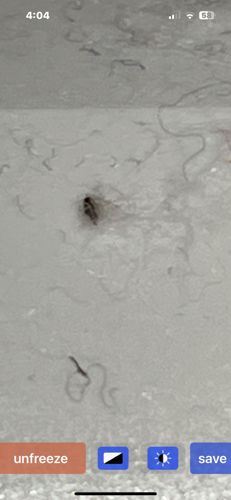Fungus Gnat
Scientific Name: Sciaridae (various species)
Order & Family: Order: Diptera, Family: Sciaridae
Size: 2-8 mm (adults)

Natural Habitat
Damp, rich organic matter such as potting soil, compost, decaying leaves, and other moist environments. Commonly found indoors around houseplants.
Diet & Feeding
Larvae feed on fungi, decaying organic matter, and plant roots. Adult fungus gnats do not eat and primarily focus on reproduction.
Behavior Patterns
Adults are weak fliers and are often found near the soil surface of potted plants or flying around lights. Larvae live in the soil. They thrive in moist conditions and their presence often indicates overwatering of plants.
Risks & Benefits
Risks: Fungus gnat larvae can damage plant roots, especially in seedlings and young plants, leading to wilting, stunted growth, and yellowing leaves. They are generally considered a nuisance pest indoors. Benefits: In natural environments, they contribute to the decomposition of organic matter.
Identified on: 11/16/2025